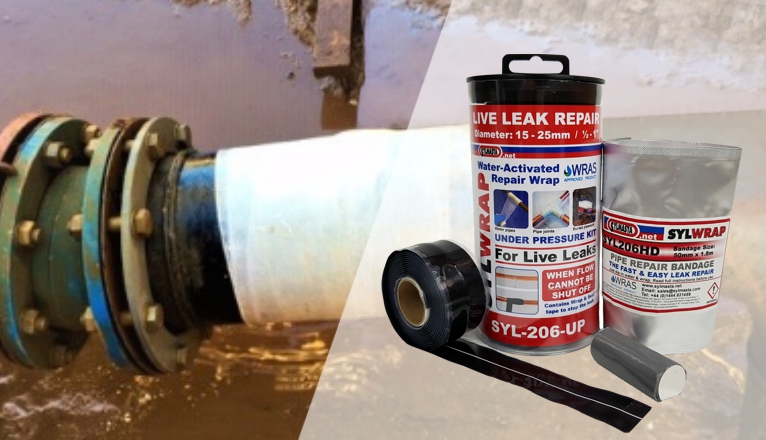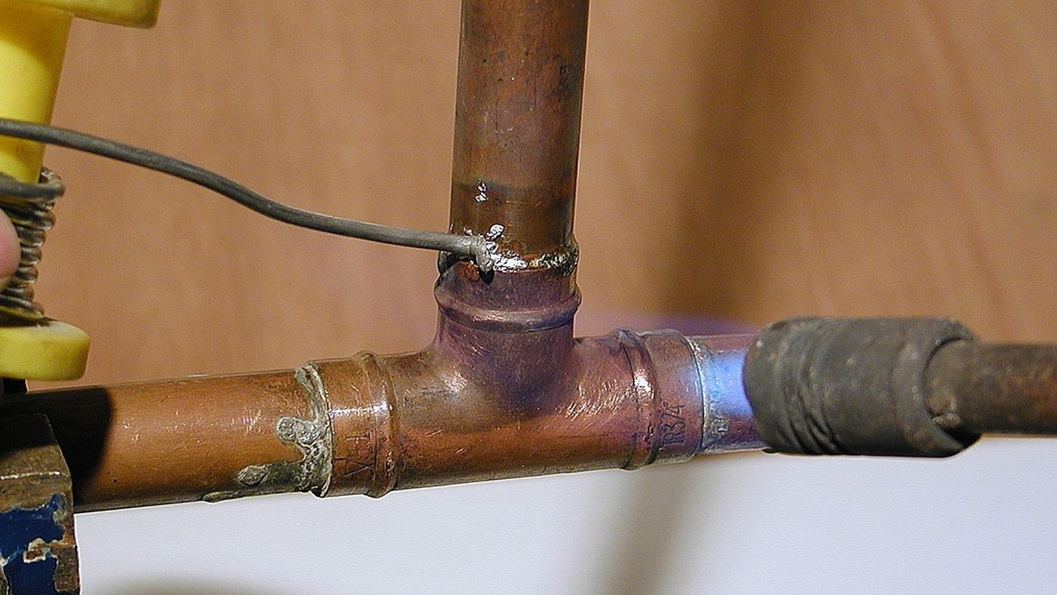Right here in the next paragraph you can find lots of worthwhile resources when it comes to How Can I Stop and Fix a Leaky Pipe?.

Most common types of plumbing located in households are pvc, steel, cast iron, and copper. Generally copper pipe and also pvc pipe can be repaired by the property owner of the leakage is small enough, and a lot of equipment shops or home improvement stores will have what you require to get the job done.
If the pipe that is leaking id steel, lead (Lead bend) or cast iron you will intend to call your local plumber due to the fact that there sorts of repairs will certainly call for pricey plumbing devices and expert professional understanding to do the job appropriately.
There is going to be one time in your life that you will need to either call a plumber to deal with that leaking pipeline or repair the dripping plumbing pipeline on your own yet before you do there is some information you should understand before you attempt that plumbing fixing.
Depending upon what kind of pipeline is leaking will depend upon what sorts of devices and installations you will certainly require to do the plumbing repair work. An additional thing to take into consideration is the place that the pipe remains in, the tougher it is to get to or access the more difficult it will certainly be to fix the pipe.
Steps to Repair an Active Pipe Leaks
Pipe erosion happens routinely and complete wall loss of pipe or through-crevice flaws are a general occasion at various spots.
In the Oil & Gas and Offshore industry where burnable gasses are accessible, it is imperative to modify these types of pipe leaks and pipe blemishes with cold curing repair. This is because hot works are more or less unsuitable.
Composite repair system using composite wrap must meet the fundamental essentials and perform at the typical level under convincing conditions. Different composite repair materials are open on the market today, but there are few that have the testing and ability to perform at the increased temperatures which may be experienced.
Gathering Pipeline Data & Information
While performing online pipe leak repairs, it is essential to follow in consent to ASME PCC2 and ISO 24817 rules and necessities. All data for the pipeline working weight, temperature, pipe size and pipe medium should be gathered and dissected.
Point by point Engineering Calculation and Application Method of Statement
A point by point building engineering calculation and report especially focused on the pipe leak must be made to choose the sum and sort of materials to be used. The system for application organizing a systematic repair system may be given and supported by the client.
Site study should be driven before work launch, so all perils are assessed and broke down into threat assessment report. All Personnel Defensive Equipment should be worn and peril allaying/diminishing steps used to minimize or stay far from each and every pointless threat.
Surface Preparation of Affected Pipe Section
Before work starts, reliably endeavor to stop or decrease the pipeline pressure and temperature to the most extreme capacity. Starting surface preparation by using the grit blasting system – purify influenced pipe surface to SA 2.5 standard at when conceivable. At regions where grit blasting is unachievable, these ranges ought to be purified with fitting non-spark mechanical assemblies. The length of surface arranging should be in consent to the Engineering Calculation Report given. While performing surface arranging, pipe surface should stay dry all through the session.
Set up the pipe surface roughness to around 60 to 80 microns. Use a surface roughness analyzer to insist the masterminded surface harshness has been achieved.
Launch of Pipe Leak Repair Works
Launch of pipe repair method – pipe leak repair methodology should begin within 4 hours after the surface plan has been done. Before beginning of pipe repair works, verify the leak region is checked thoroughly.
Utilize the latex gloves and take enough amount of SS106 Seal Stic underwater epoxy stick to cover the scope of the leak. Put the mixed Seal Stic onto a stainless steel sheet metal. Thereafter, set up a couple of packs of SealXpert stainless steel clip by cutting a fitting length of the steel clip.
Connect the cut-off length of stainless steel clip with portable fasteners. Wrap the connection with portable fasteners with a PVC tape. Put the stainless steel backing against the SealXpert stainless steel clip while the Seal Stic confronts the pipe surface, far from the leak zone. Fix the portable fasteners of SealXpert stainless steel clip a little and slide the couple of sets of fasteners to the leak zone. These SealXpert stainless steel clip should be arranged next to each other, securing both the core and edge of leak zone. Continue to tighten the mobile fastener of SealXpert stainless steel clip while ensuring that the Seal Stic is securing the opening of the leak.
https://www.sealxpert.com/5-steps-to-repair-an-active-pipe-leaks/

Do you appreciate reading up on How To Fix Leaky Pipes and Joints? Give feedback down below. We'd be delighted to find out your opinions about this blog post. We hope that you come back again before long. Sharing is caring. Who knows, you may be helping someone out. Thank you for taking the time to read it.
24-hour service? Dial here.